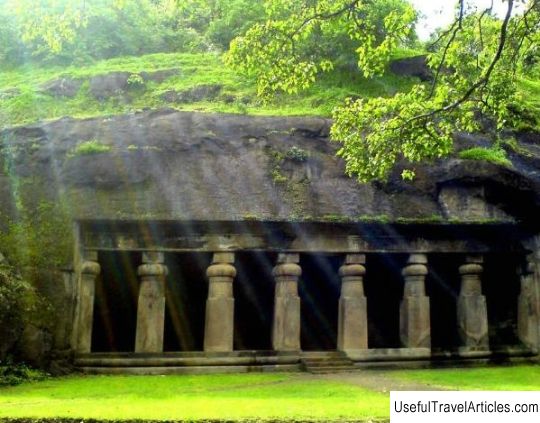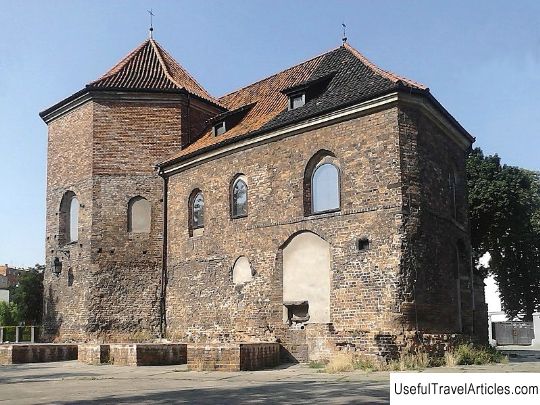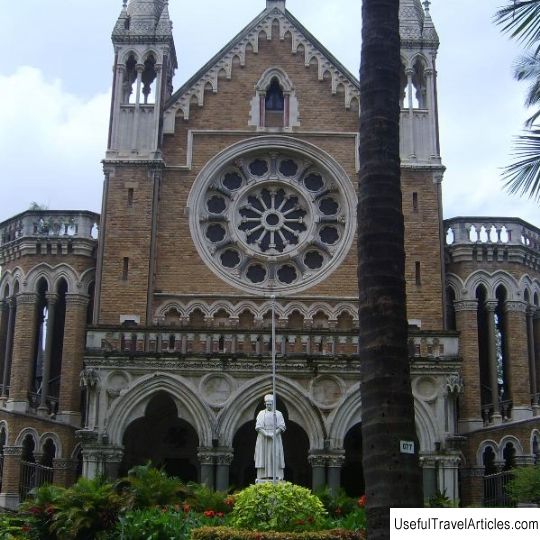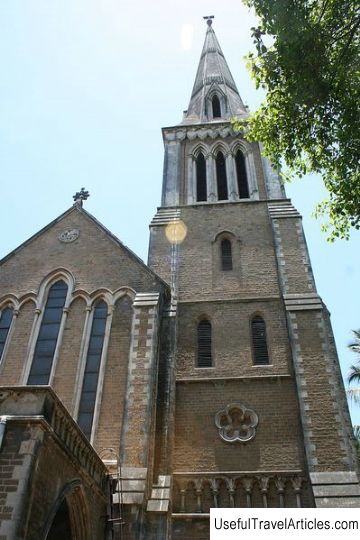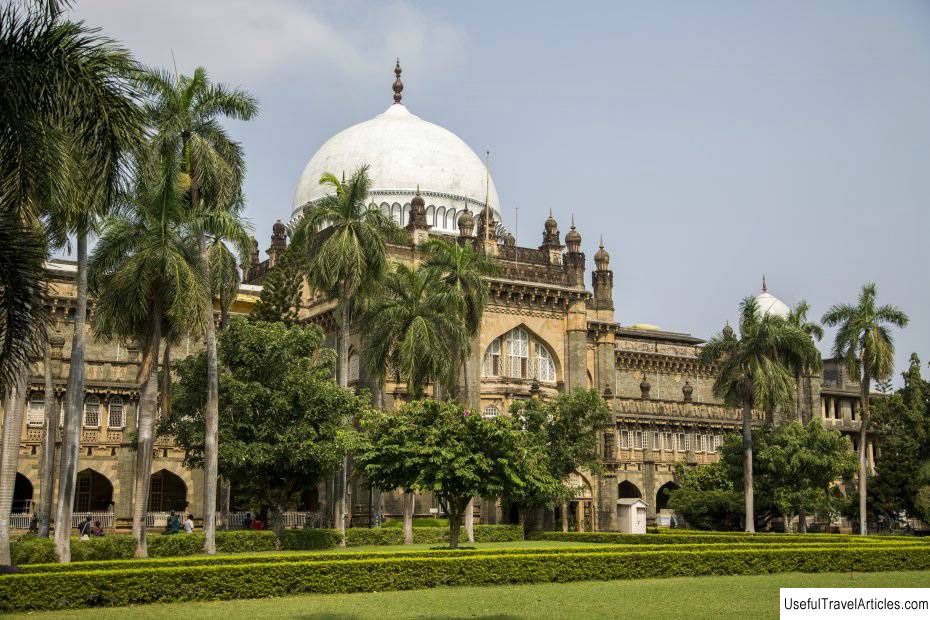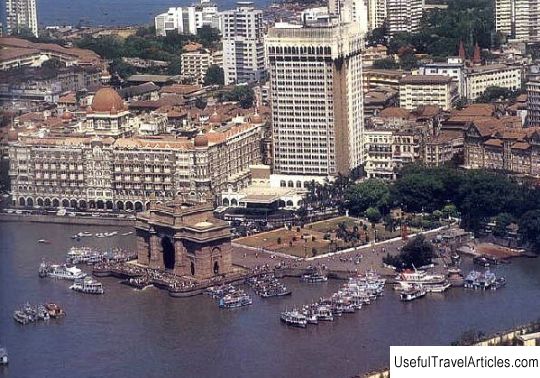Elephant Island description and photos - India: Mumbai (Bombay)
Rating: 8,4/10 (432 votes) Elephant Island description and photos - India: Mumbai (Bombay). Detailed information about the attraction. Description, photographs and a map showing the nearest significant objects. The name in English is Elephant Island. Photo and descriptionA unique place called Elephanta Island, also known as Gharapuri Island, is located east of Mumbai, on one of the many islands in the city's harbor. This mysterious island is a real magnet for tourists from all over the world. After all, its biggest attraction is the underground stone cave temples, which are decorated with a huge number of amazingly beautiful statues. The entire temple complex was included in the UNESCO World Heritage List in 1987. Its current name - Elephanta - the island received in the 17th century thanks to Portuguese explorers, after they discovered a carved sculpture of an elephant (elephant) from a single piece of basalt. They decided to take her to Portugal, but this venture ended in failure, as they dropped her into the sea. Later it was raised from the bottom by the British, and at the moment this stone figure is housed in the Museum of Dr. Bhau Daji, the former Museum of Victoria and Albert. The island can be easily reached by ferry that runs between Elephanta and the harbor of Mumbai ... It departs from the pier right at the historic Gateway to India daily at 9 am and 2 pm and takes about an hour to reach its destination. A direct road leads from the island's pier to the caves. Also, to get to the temples, you can use a small tram that takes visitors directly to the steps leading to the caves. There are shops and shops along the entire road, where you can buy various decorations, souvenirs, food and drinks. The area of the entire island is only about 16 square kilometers, and earlier it was the capital of one of the local principalities. Today it is home to about 1200 people, who are mainly engaged in agriculture - growing rice, as well as fishing and repairing boats. There are three settlements on Elephanta: Shentbandar, Morabandar and Rajbandar, the latter being a kind of capital of the island. Temple caves are located on the territory of Shentbandar. The exact date of creation of the caves is unknown. It is believed to be around the 7th century AD, just as the ancient Indian Gupta Empire was enjoying its golden age and culture was flourishing and developing. Then the idea of building a temple in honor of the Hindu deity Shiva arose. The caves can be accessed through the main northern entrance, which leads to a large hall, supported by several massive columns. It is in this room that the huge statue of Mahesamurti is located. Its height is 6.3 meters, and it depicts the god Shiva in his three forms: Creator, Protector and Destroyer. Other sculptures located near the entrance and on the side panels represent Shiva's achievements. As, for example, the sculpture depicting the process of the creation of the Ganges River by Shiva. When visiting the island, remember that tourists are not allowed to stay on Elephanta overnight, so you need to catch the last return ferry. Every year in February, at the initiative of the Maharashtra Tourism Development Corporation, a dance festival is held on the island.        We also recommend reading National Museum of Krakow (Muzeum Narodowe w Krakowie) description and photos - Poland: Krakow Topic: Elephant Island description and photos - India: Mumbai (Bombay). |
